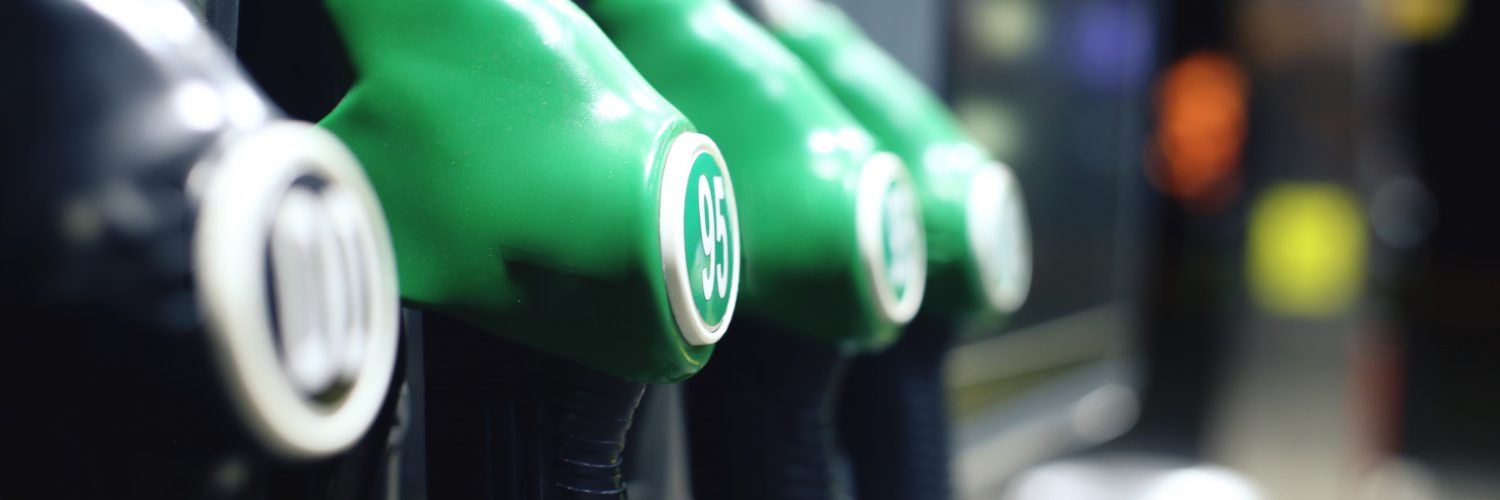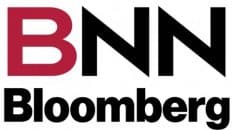Memorable lines from forgettable movies make sense when trying to understand today’s energy maze.
One that springs to mind is, “if you build it, they will come.” This, from the baseball themed Field of Dreams. The message was, as I interpreted it, if you make something that people want, they will go to extremes to get it. Dreaming is what consumers of all stripes must do now as prices for all forms of fossil fuels are rapidly slipping out of reach.
But in my cynical mind, wasn’t this the plan that was put in place to intimidate demand for all refined products?
Isn’t that the point of the carbon tax that is claimed not to be a tax?
Has, let’s call it, “the carbon levy,” reduced harmful emissions as was part of the federal government’s mission statement? Maybe I missed the email/memo because I have no idea.
I guess the governmental theory was, “hike it and they will run.”
But surely with gasoline comfortably nesting in at $2.00/L and diesel now averaging $2.27/L the carbon levy has become less and less significant in the pricing package, and has not deterred demand; so, in fact, it is just another tax that does nothing but place another tax burden on consumers.
So, surely this tax could be reversed or cut back to lower the heat on inflation, right?
In your dreams!
Is there any light at the end of this nightmare pricing tunnel that we are experiencing? Not if you look at the supply/demand side of the picture from the latest EIA report.
One would think that crude prices would fall with an increase of 8.5 million barrels. But that’s a false positive because much of this was due to a 1 million bpd draw from the Strategic Petroleum Reserve (SPR), and this must be replaced because it’s just a loan to the oil companies.
To make matters worse, gasoline inventories fell with less than two weeks before the traditional start of the driving season – the U.S. Memorial Day weekend.
But the real problem is not the media darling thoroughbred — gasoline. It’s diesel – the economic workhorse.
Distillate inventories are now 23% below the 5-year average. Levels in PADD 1 (the Petroleum Administration for Defense Districts), in the U.S. northeast where the highest demand takes place – are the lowest since 1990. Yet demand for distillates, most notably jet fuel, is up 27%. Normally at this time of year, there is little difference in the wholesale prices of diesel and gasoline as the demand for both stagnates. However, today, because of the severe shortage and high demand for diesel, the differential has diesel wholesale prices 36 cents per litre higher than gasoline in Toronto, whereas the spread is 59 cents per litre in Montreal.
This is unheard of.
With the U.S. exporting ever increasing volumes of crude, and especially diesel to Europe to rescue their inventories due to Russia’s ongoing war in Ukraine, domestic diesel prices will continue to spiral upward, and inflation will become the focal point for politicians on both sides of the border.
The consumer’s dream has become, and will continue to be, a nightmare.
– Roger McKnight – B.Sc., Senior Petroleum Analyst








Add comment